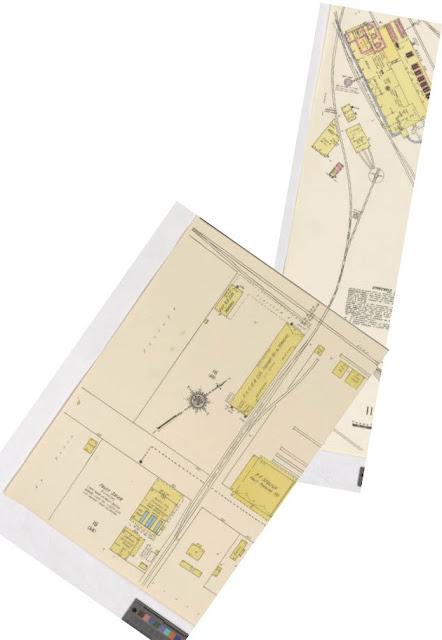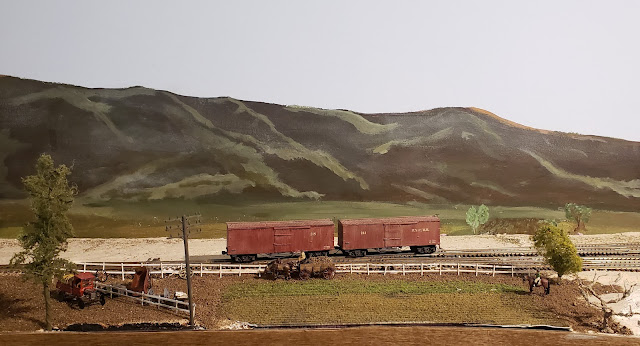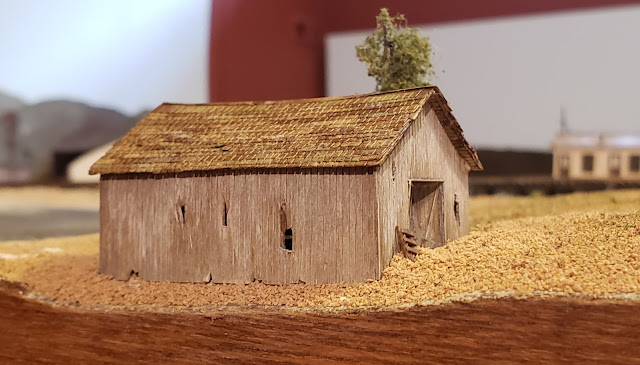It's About Time
 |
Courtesy Santa Cruz Trains Facebook Group
|
I recently discovered the above time table, thanks to the Santa Cruz Trains website, and
found myself instantly engrossed with it. A lot of information can be found
from this simple chart. For my layout, I can pick which stops to model, add flagstop stations as needed, and I can approximate the routine speed of the
trains traveling from Watsonville to Spreckels. Using that, I can determine
how fast trains should be running on my railroad.
The total distance traveled on this line is 27.2 miles, over
the course of 1 hour and 45 minutes, which gives us a pace of 15.5 miles an
hour. Assuming my proposed track plan is somewhat accurate (it likely isn’t),
the distance my trains will cover between my version of Watsonville and
Spreckels, will be closer to twenty one feet. If I use a 12:1 fast clock (which is what is
used at the Belmont Shore RR Club I belong to, so I'm using it for this thought process), then I will need to make the
journey is 9 real time minutes, which is a pace of approximately 2 ft/min.
This is amazingly slow.
 |
Courtesy Ed Gibson, "The Wx4 Dome O' Foam." The Tim Zukas Collection
|
This trip took 15 minutes each way, at a pace of about 19 miles an hour. If my math is right, that speed would reduce the one way trip on my layout to a whopping 7 minutes from Watsonville to Spreckels, at a speed of 3 feet per minute of real time. While not as slow as the 2 ft/min discussed above, this is still slow, and I'm not entirely sure N scale steam engines can travel at that pace.
Numbers and spotty math aside, what this has really illustrated is that while this was a small railroad, there were a number of trains operating at a slow enough pace to easily keep me busy for anywhere from a few minutes to a few hours, which is ultimately my goal.











SOUNDS GOOD!
ReplyDelete